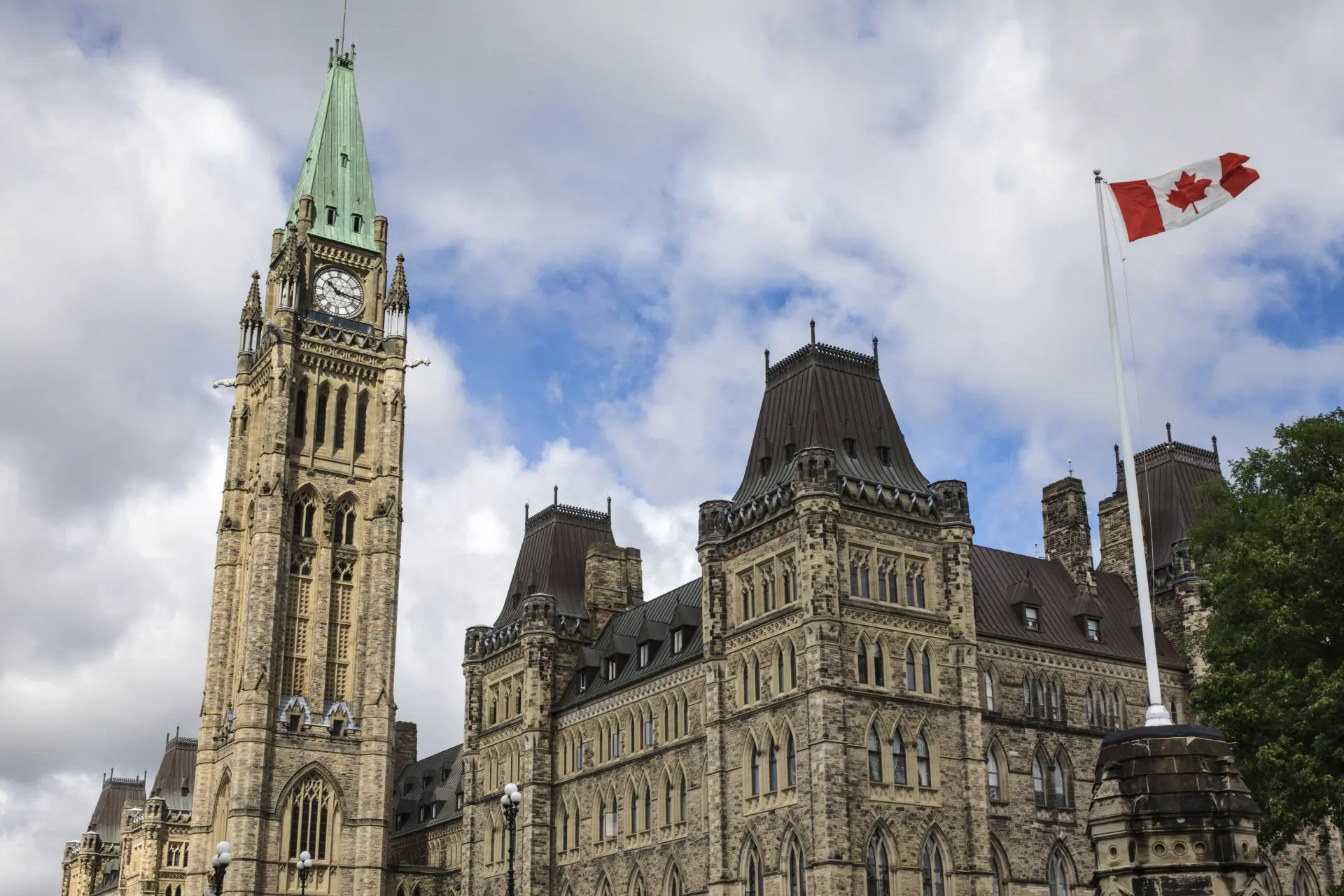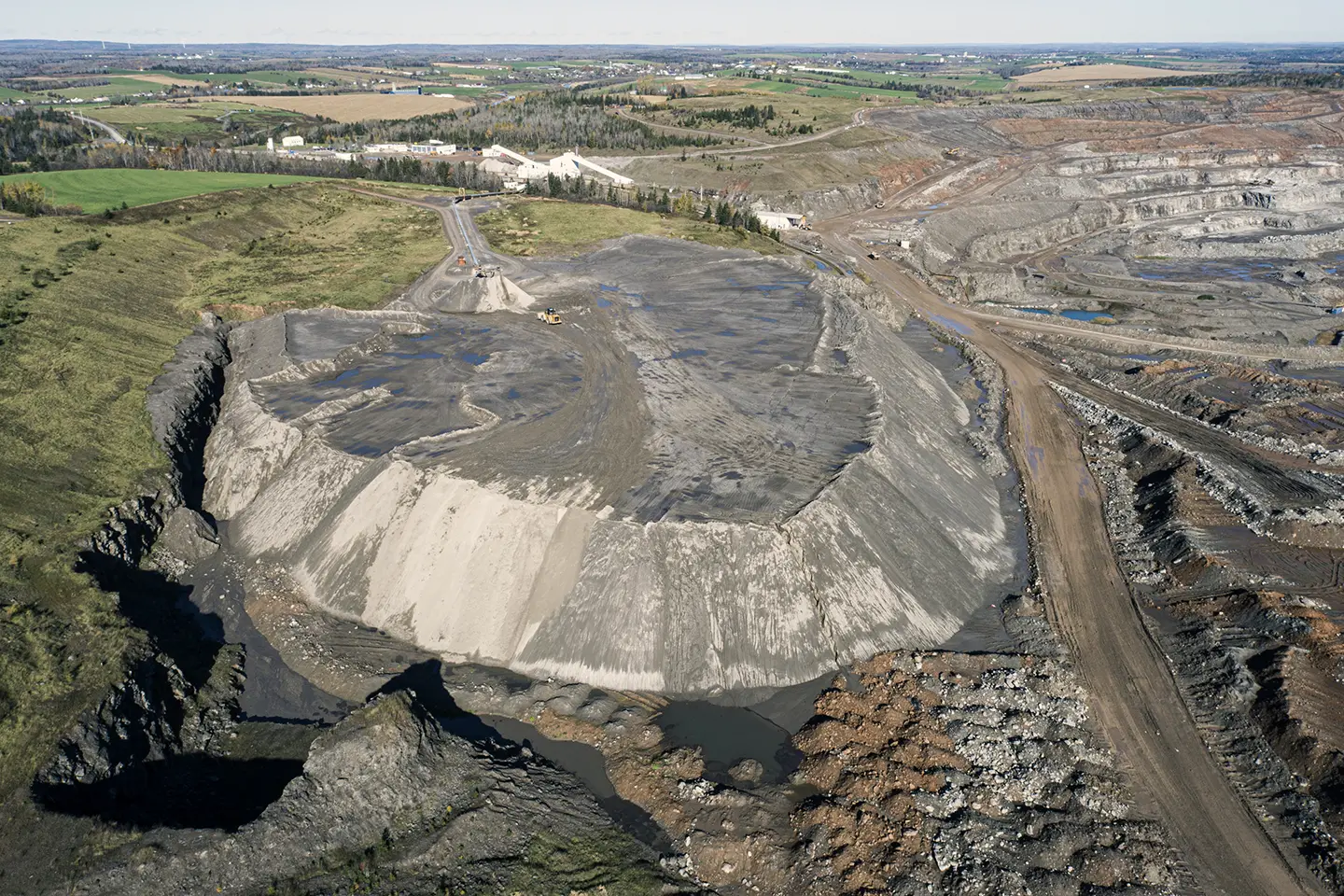Federal Government Announces Canada Infrastructure Bank $10 Billion Growth Plan

Today, Rt. Hon. Justin Trudeau, Prime Minister, alongside the Hon. Catherine McKenna, Minister of Infrastructure & Communities, and Michael Sabia, Chair of the Canada Infrastructure Bank (CIB), announced the launch of a new three-year Growth Plan under the CIB. The plan will invest $10-billion in five strategic pillars including clean power, energy storage, broadband, large-building energy retrofits, electric busses, and agricultural irrigation systems. The Growth Plan seeks to create 60,000 jobs and contribute to the fight against climate change.
No investments in specific projects were announced today, but the government stressed that the CIB is “open for business.” The intent we believe is to expedite decisions so that projects falling into one of the priority categories can move forward.
Program Details:
- Clean Energy: $2.5 billion for clean power, supporting renewable power generation, storage, clean electricity transmission between provinces, territories and regions, and indigenous communities’ transition into cleaner and more reliable sources of power. The funding allocation is a first step toward the Government’s mid-term commitment to investing $5-billion in clean power via the Clean Power Fund.
- Zero-Emission Buses: $1.5 billion to speed up the adoption of zero-emission buses and charging infrastructure.
- Energy retrofits: $2 billion to finance the upfront capital costs of large-scale building energy-efficient retrofits. Private sector investment in this space has been slow due to the uncertain nature of expected cost savings. The CIB expects to play a significant role in proving out this market and providing the track record required to attract private sector capital.
- Broadband: $2 billion to help connect about 750,000 homes and small businesses to broadband in underserved communities.
- Irrigation Infrastructure: $1.5 billion for agriculture irrigation projects to boost production, strengthen national food security and expand export opportunities. It is expected the funds will allow for 700,000 acres of additional irrigated land, enabling the growth of the agricultural sector.
- Project Acceleration: In addition to the five thematic programs, the CIB has committed $500 Million to invest in due-diligence and early construction works to accelerate projects. Funding will be leveraged to expedite studies, technical reports and analysis required to shorten critical paths for construction of high impact infrastructure projects in which the CIB expects to make a long-term investment.
Please note that the CIB does not provide non-repayable contributions. In the simplest terms, it loans capital at a below-market rate in order to spur forward private sector projects that are in the public interest, although it is worth noting that the CIB is open to exploring more innovative approaches, so long as there is a pathway to capital recovery by the CIB.
Project Criteria
Mr. Sabia drew a comparison between building Canada’s national railway railroad system and the purpose and ambition of the $10-billion Growth Plan. The purpose is to act as a catalyst for economic growth, nation-building and building the economy of the future. The intent is to leverage private sector investments to “create social wealth”.
Mr. Sabia outlined three key metrics that the CIB will use to assess projects.
- Impact: Projects that have the most impact on core objectives: job creation, economic growth and growth of high-potential economic sectors, as well as emissions reductions. They are looking for “projects of scale.”
- Value: Projects where CIB investment can act as a catalyst to crowd in private sector investment or open markets for further investments in that sector for the future.
- Return: Projects that have the potential to successfully return the CIB’s capital so that it may reinvest the money into new projects.
Next Steps
Sussex recommends that all stakeholders that see themselves in the five priorities outlined today, or have a large-scale project that would benefit from early-stage development funding, craft and execute a near-term CIB engagement strategy.
It is also important to note that the $10 billion earmarked to the specific priorities today represents only about one third of the CIB’s working capital. Sussex encourages all companies with large-scale projects that align well with Mr. Sabia’s three criteria noted above to bring those ideas forward to CIB staff.
In the coming days, Sussex will work with clients to further analyze the Growth Strategy and strategize engagement for the days, weeks and months ahead.


